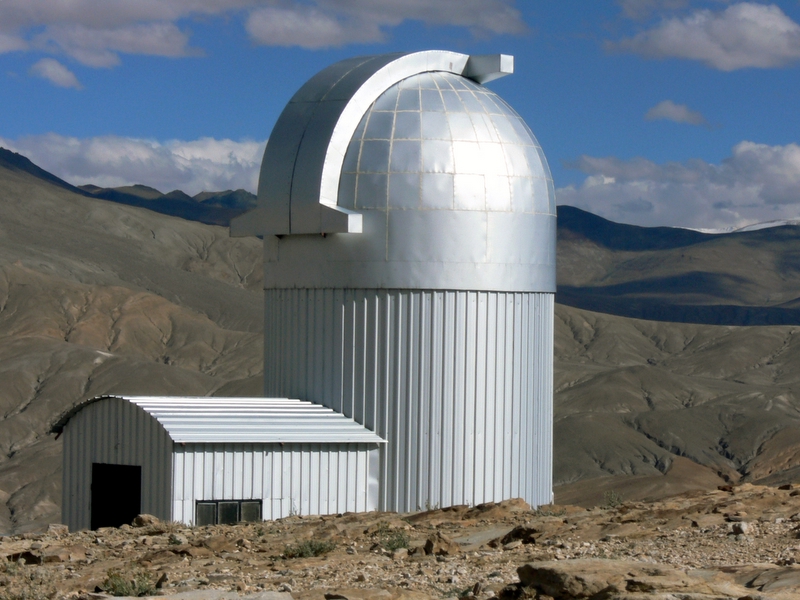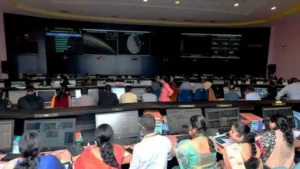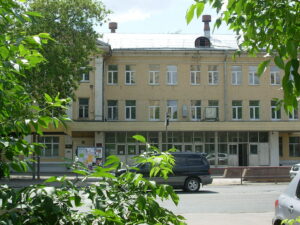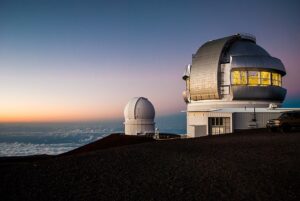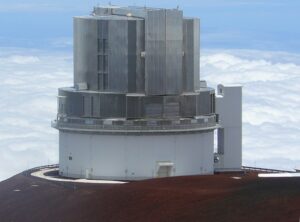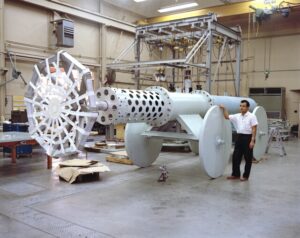The Indian Astronomical Observatory (IAO), located in Hanle, Ladakh, India, is one of the world’s highest observatories at an altitude of 4,500 meters (14,764 feet). Operated by the Indian Institute of Astrophysics (IIA), IAO plays a crucial role in advancing astronomical research in India and globally.
The observatory’s primary objectives include studying star formation, galaxy evolution, and high-energy astrophysics. The IAO has made significant contributions to our understanding of cosmic phenomena and has been involved in numerous international collaborations.
Notable achievements include detailed studies of variable stars, active galactic nuclei, and participation in the Global Relay of Observatories Watching Transients Happen (GROWTH) project, which focuses on time-domain astronomy.
History and Evolution
The Indian Astronomical Observatory was established in 2001, with the Hanle site chosen for its clear skies, minimal light pollution, and high altitude, providing excellent observing conditions. The decision to build the observatory in such a remote and challenging location stemmed from the need to access pristine skies, crucial for advanced astronomical research.
The first major instrument installed at the IAO was the 2-meter Himalayan Chandra Telescope (HCT), which saw first light in September 2000. Named in honor of Nobel laureate Subrahmanyan Chandrasekhar, the HCT has been instrumental in various astronomical studies, including the monitoring of variable stars, supernovae, and gamma-ray bursts. The HCT’s advanced imaging and spectroscopic capabilities have allowed astronomers to gather valuable data on the physical properties and dynamics of these celestial objects.
Over the years, the IAO has expanded its infrastructure and capabilities. In 2010, the Gamma-ray Array Detector (GRAPES-3) experiment was added to the observatory’s suite of instruments. GRAPES-3 focuses on studying high-energy cosmic rays and gamma-ray bursts, contributing to our understanding of these high-energy phenomena and their origins.
The IAO has also been involved in several international collaborations, enhancing its scientific output and global relevance. The observatory is a key participant in the Global Relay of Observatories Watching Transients Happen (GROWTH) project, which aims to study transient astronomical events such as supernovae, neutron star mergers, and tidal disruption events. These collaborations have allowed IAO to share data and expertise with other leading observatories worldwide, fostering a collaborative approach to addressing some of the most pressing questions in astrophysics.
Technological advancements at the IAO include the development of adaptive optics systems, which correct for atmospheric distortions, and the implementation of advanced data analysis techniques. These innovations have significantly improved the quality and precision of observations, enabling more detailed and accurate studies of celestial objects.
Infrastructure and Facilities
The Indian Astronomical Observatory is equipped with a range of advanced facilities to support its astronomical research:
- Himalayan Chandra Telescope (HCT): A 2-meter optical-infrared telescope used for imaging and spectroscopy of various celestial objects.
- Gamma-ray Array Detector (GRAPES-3): An experiment focused on studying high-energy cosmic rays and gamma-ray bursts.
- High Altitude Gamma Ray (HAGAR) Observatory: A facility for studying gamma rays from cosmic sources.
- Automated Weather Station: Provides real-time weather data crucial for planning and conducting observations.
- Adaptive Optics Systems: Technologies to correct atmospheric distortions and enhance image clarity.
- Control and Data Analysis Center: State-of-the-art facilities for managing telescope operations and analyzing observational data.
